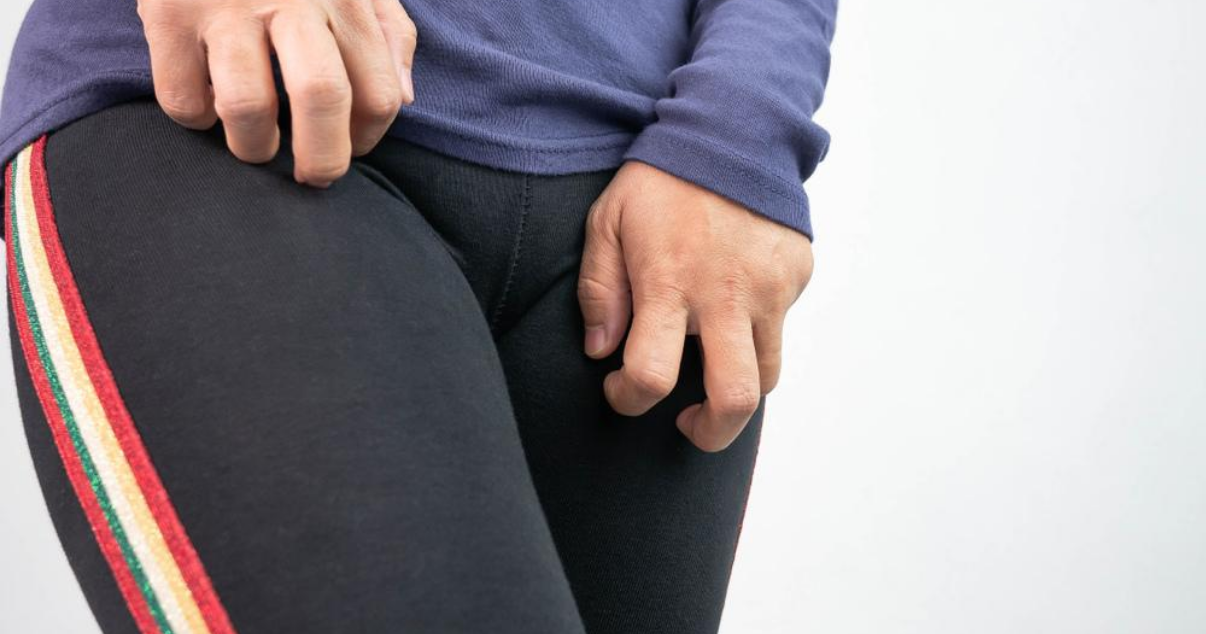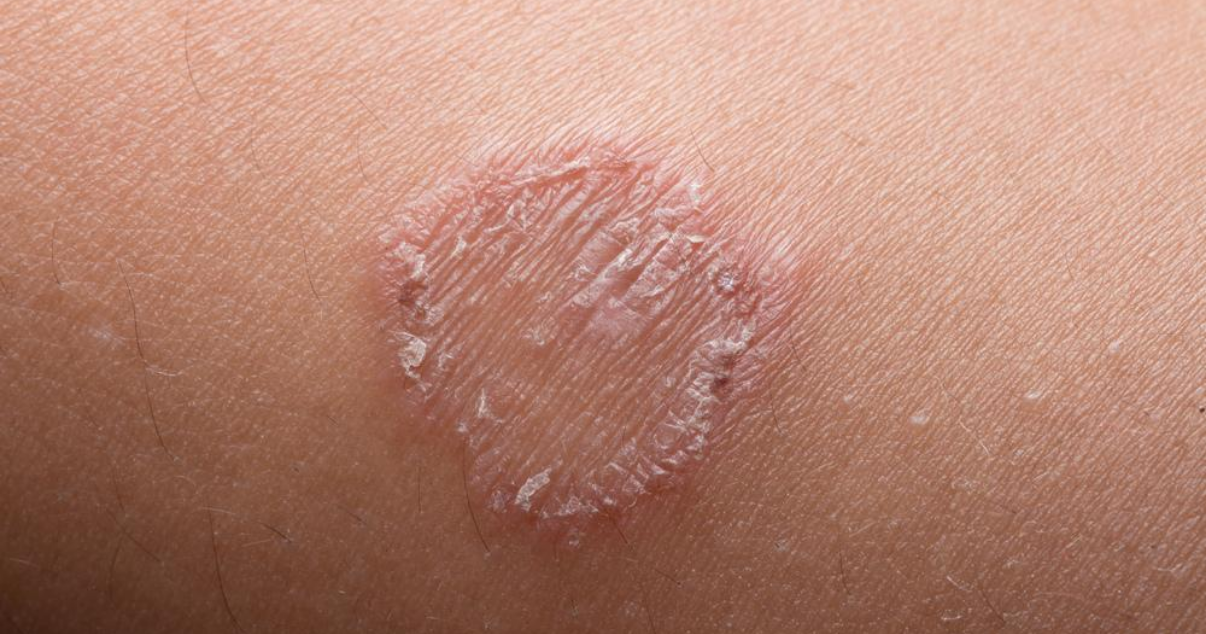Do you have an itchy and red rash in your groin area? Is the rash shaped like a ring? If you answered yes to these questions, you might be suffering from jock itch or tinea cruris. Before you panic, it’s important to know that jock itch is a common fungal infection, that’s both easy to prevent and treat.
Read on to find out more about what causes jock itch, how to prevent jock itch, and jock itch symptoms to watch out for.
what is jock itch: Jock itch symptoms
If you’re wondering what jock itch is, it's a fungal infection that often develops in warm, moist areas of the body. Generally beginning in the inner thigh or groin area, jock itch can then easily spread to other parts of your body via contact with clothing, sheets, or towels.
Look out for a red area in the crease of the groin as it is common to find a jock itch rash on the inner thigh. The rash is sometimes ring-shaped and bordered with small blisters. The skin is usually flaky or scaly and can burn as well as itch. Jock itch symptoms will be difficult to ignore since they cause a large degree of discomfort and irritation.
Is jock itch contagious?
Jock itch is contagious and can spread easily from person to person.
Jock itch gets its name because it commonly affects athletes and spreads between sports players, however, the fungal infection can easily affect anyone. While often associated with teenage males, anyone can get jock itch — including women.
Sharing towels or unwashed sheets with someone infected with jock itch can easily pass the infection on to you. For this reason, it is important to never share towels, and to wash sheets regularly.

What causes jock itch?
If you think that you may be suffering from the uncomfortable fungal infection, you’re likely wondering how do you get jock itch in the first place?
The fungus that causes jock itch thrives in areas that are damp and warm. Jock itch is contagious and spreads from person to person and from sharing contaminated personal items.
Sweating either from physical activity or warm weather creates the perfect conditions for the fungus to take hold and spread. Want to know more about preventing sweaty feet? Read our blog post, How to Get Rid of Sweaty Feet.
It’s actually often caused by the same fungus that is responsible for athlete’s foot which is why it is always so important that you wash your hands after you touch your feet! Think you might have athlete’s foot and want to control it before it has a chance to spread? Take a look at our post on athlete's foot treatment.
There are a few factors and personal habits that can increase the chance of becoming infected with jock itch. Your changes of getting jock itch increase if you:
• Share personal items like towels, sheets, or combs.
• Wear tight-fitting underwear and clothing.
• Are overweight.
• Sweat heavily.
• Have diabetes.
• Are a teenager
• Are a male
• Have a weakened or suppressed immune system.

how to prevent jock itch
The good news is that jock itch is easy enough to prevent if you make sure to follow a few simple steps.
Wear clean clothes. Make sure to change your underwear at least once a day. If you sweat a lot or are doing lots of physical activity, change more often. Wearing underwear made of natural materials like cotton is also a good idea since it will allow the area to breathe better.
Don’t share personal items. Don’t borrow clothes, towels, or other similar items from others. Make sure not to share your items with others either.
Wear comfortable fitting clothing. Ensure your clothes fit you properly - particularly underwear. Avoid tight-fitting clothes that can make you sweat more and rub your skin putting you at a higher risk of jock itch.
Keep dry. Dry your groin and inner thighs properly with a clean towel following a shower or exercise. Always dry your feet last to avoid any risk of spreading athlete’s foot fungus to other parts of the body.
Prevent or treat of athlete’s foot. If you play sports frequently and often use communal changing facilities, it’s important that you protect your feet by wearing sandals before showering. The fungus is often found on the wet warm surfaces of these areas. Want to find out more about preventing athlete’s foot? Read our blog post, How to Prevent Athlete’s Foot.

Jock itch treatment
If you think you might have jock itch, treatment is simple with Silka Ⓡ Jock Itch Antifungal Cream. However, it is important that you see your doctor if you are unsure if you have jock itch, or if the rash:
• Doesn’t improve after a week of consistent treatment.
• Is painful and you experience a fever.
• Becomes chronic jock itch and doesn’t disappear within three weeks despite treatment attempts.
By understanding what causes jock itch and following a few easy jock itch prevention steps, you can be sure that your skin is healthy and properly cared for.
Take care!




